Launceston, Tasmania: Property Market & Location Profile
Launceston, the largest city in northern Tasmania, offers a blend of historic charm and modern development. It has become a focal point for property investors and home‐seekers alike, thanks to its affordability, strong rental returns, and appealing lifestyle. For full, weekly updated insights and exclusive forecasts on Launceston’s market performance, please subscribe here.
Property Price Trends & Growth Forecasts
Launceston’s property market has seen significant growth in recent years, bolstered by Tasmania’s pandemic-era boom. Double-digit annual price rises were recorded during 2020–2021, followed by a mild correction in 2022–2023. As of late 2024, the median house price in Launceston sits [Subscribe for full details] and data indicates house values have begun rebounding [Subscribe for detailed weekly update]. Unit prices have been particularly strong – the median unit is [Subscribe for full unit trends] – reflecting emerging demand for affordable city apartments. Rental yields remain healthy by national standards, averaging [Subscribe for complete rental yield data] for houses and [Subscribe for complete rental yield data] for units.
Microburbs’ proprietary algorithms project robust growth trends. Detailed future capital growth forecasts for Launceston and its high-potential suburbs are available exclusively to subscribers. To see our full, weekly updated forecast models, please subscribe here.
In short, Launceston’s market outlook is cautiously optimistic – with prices having stabilized and begun rising again in 2024, and expert analysis suggesting continued growth through 2025 and beyond. For complete numerical insights and analysis, subscribe here.
High-Growth Suburbs to Watch
According to Microburbs data supported by other sources, several Launceston suburbs stand out for their investment potential. Detailed pricing, rental yield figures, and growth forecasts are reserved exclusively for Microburbs subscribers. Notable high-growth suburbs include:
- Norwood (7250) – Affordable, High-Yield Family Suburb. Located 5 km south-east of the CBD, Norwood offers an excellent entry price point in Launceston’s market. The median house price and rental yield data for Norwood are available only to subscribers. To view comprehensive figures and forecasts for Norwood, please subscribe here. Microburbs identifies Norwood as a high-potential suburb.
- East Launceston (7250) – Blue-Chip Suburb with Growth Potential. East Launceston is one of the city’s most sought-after locales, known for its leafy streets, heritage homes, and top schools (for example, Launceston Church Grammar). Detailed data including median prices, historical performance and growth rates are available exclusively upon subscription. To access full insight into East Launceston’s market dynamics, please subscribe here. Its quality housing stock and appeal to professionals and families continue to drive strong future prospects.
- Riverside (7250) – Family Lifestyle and Steady Growth. Situated 4 km northwest of the CBD along the Tamar River, Riverside combines scenic living with convenience. For full statistical details – including median house prices, annual growth trends, and rental yields – please subscribe here. With amenities such as lush landscapes and shopping centres, Riverside is highlighted as a solid long-term performer.
- Invermay (7248) – Urban Renewal Hotspot. Invermay is a historic inner suburb just north of the CBD, undergoing rapid transformation with modern apartments and facilities emerging. Detailed street-level analysis and projected growth data for Invermay are exclusively available to subscribers. To view complete data on Invermay’s evolving market, please subscribe here. Investors are watching Invermay closely as urban renewal projects continue.
Other honorable mentions: Newstead (7250), a family-friendly suburb with wide streets and reputed schools, and Prospect/Prospect Vale (7250) with modern developments, as well as Mowbray (7248), known for its affordability and strong rental demand, all have detailed metrics reserved for our subscribers. For comprehensive figures on these areas, please subscribe here.
Major Economic Drivers in Launceston
Launceston serves as the regional economic hub of Northern Tasmania, with a diverse economy underpinning its property market. Key economic drivers include:
- Healthcare & Social Assistance: The largest employment sector comprises roughly 18–19% of local jobs. Detailed, up-to-date statistics on employment figures and sector performance are available exclusively to subscribers – subscribe here.
- Retail & Hospitality: Launceston is the major retail and service centre for the north. Retail trade accounts for about 12.5% of employment, reflecting the city’s role as a shopping and dining hub for surrounding towns.
- Education & Training: Approximately 10% of Launceston’s workforce is engaged in education, with the University of Tasmania and various schools enhancing the city’s appeal to families and students.
- Tourism & Hospitality: The city’s heritage charm, Tamar Valley wineries, and natural attractions help drive tourism, contributing significantly to the local economy.
- Agriculture & Agribusiness: Launceston is surrounded by productive agricultural areas that support food manufacturing and agri-tourism.
- Manufacturing & Industry: While heavy manufacturing has declined, light manufacturing, brewing, and emerging agricultural technology continue to underpin economic stability.
For a full breakdown of economic indicators updated on a weekly basis, please subscribe here.
Amenities, Schools & Liveability
One of Launceston’s greatest strengths is its high liveability. Residents enjoy amenities typically found in larger cities alongside the relaxed vibe of a regional centre. Key aspects include:
- Education: A strong selection of quality public and private schools—including Launceston Church Grammar School and Scotch Oakburn College—and the University of Tasmania across multiple campuses.
- Healthcare: A major public hospital and numerous private facilities and medical centres ensure residents have access to quality health services.
- Shopping & Dining: A variety of shopping centres, arcades, and a vibrant dining scene featuring local produce, cafes, and restaurants.
- Parks & Recreation: Over 148 parks, gardens, and recreation areas, including iconic sites like Cataract Gorge Reserve and City Park, contribute to a high quality of life.
- Arts, Culture & Entertainment: Museums, live theatre venues, and various festivals celebrate the city’s heritage and creativity.
Access comprehensive, weekly updated liveability scores and amenity data by subscribing here.
Transport Links & Infrastructure
Launceston is well-connected by road, bus, and air:
- Road Network: Located at the junction of several key highways, including the Midland and Bass Highways.
- Public Transport: Metro Tasmania operates a bus network, augmented by a free Tiger Bus service within the CBD.
- Air Travel: Launceston Airport (LST) is a key gateway with daily flights to major cities.
- Local Initiatives: Local projects include new pedestrian and cycle bridges, multi-storey car parks, and future infrastructure upgrades.
For precise transport link data and up-to-date infrastructure developments, please subscribe here.
Population & Demographics
The City of Launceston is home to approximately 72,000 people as of 2023, with projections suggesting growth to around 73,000–75,000 by the late 2020s. Key demographic highlights include:
- Median Age: Approximately 39 years.
- Household Composition: A mix of family and non-family arrangements, with diverse living situations across inner-city and suburban areas.
- Income & Employment: Median household income was around $1,156 per week (2016), backed by a strong local job market in professional, managerial, and trade occupations.
- Community & Lifestyle: A friendly, community-centred feel enhanced by cultural events and recreational amenities.
For the most current demographic trends and income metrics updated weekly, subscribe here.
Risk & Environmental Considerations
When evaluating Launceston’s property market, it is important to consider potential risks and environmental factors:
- Crime and Safety: Launceston’s crime rate is moderate by national standards. Detailed safety indices and risk ratings are available exclusively to subscribers – subscribe here.
- Flood Risk: Portions of the city, particularly Invermay and Inveresk, lie on floodplains. For full access to our risk maps and flood zone data updated weekly, subscribe here.
- Environmental Hazards: Challenges with winter air quality and water quality in parts of the Tamar River are addressed by ongoing government investments.
- Natural Disasters & Climate Change: While bushfire risks exist on the rural fringes, the city proper remains largely insulated. Detailed projections and risk assessments can be accessed by subscribers.
- Crime/Disadvantage Pockets: Certain inner-city areas experience socioeconomic disadvantage; our detailed risk maps provide further insight for these pockets.
For complete, frequently updated risk and environmental data, please subscribe here.
Future Development Projects & Impact on Property Values
Launceston is undergoing a transformative period, with major projects including:
- UTAS Inveresk Campus Relocation: A $283.4 million redevelopment that is drawing students and staff, spurring housing demand and neighbourhood vibrancy.
- Launceston City Deal (2017–2027): A $570 million tri-government initiative funding projects such as Tamar Estuary restoration and the City Heart Project.
- UTAS Stadium Upgrade (York Park): A comprehensive redevelopment to improve match-day facilities and stimulate adjacent market growth.
- Cultural and Recreation Upgrades: A $30 million redevelopment of heritage theatres and plans for new sports and entertainment venues.
- Commercial and Urban Renewal Projects: Ongoing private investments in hotels, retail precincts, and mixed-use developments across key suburbs.
Detailed project impacts and updated forecasting data are available exclusively to our subscribers. To unlock full analyses of these future developments, please subscribe here.
Market Outlook for 2025 and Beyond
Looking at the broader picture, Launceston’s real estate market in 2025 sits at an intersection of favourable local conditions and wider economic uncertainties. Key trends include:
- Tasmanian Market Recovery: While 2022–2023 saw a slight dip due to interest rate rises, regional areas like Launceston have witnessed renewed growth driven by affordability and lifestyle appeal.
- Interest Rates and Finance: With the expectation of rate stability or potential cuts in 2025, improved borrowing capacity should drive increased buyer activity.
- Population Growth and Demand: Robust population growth, driven by interstate migration and the return of international students, will continue to underpin housing demand.
- Rental Market Tightness: Tight rental markets have led to rising yields which, combined with sustained tenant demand, support further capital growth.
- Economic Climate and Infrastructure Impact: Launceston’s strong local economy, enhanced by major projects, is expected to propel the market to outperform its regional peers.
For complete, up-to-date market forecasts and detailed modelling updated weekly, please subscribe here.
In conclusion, Launceston’s property market in 2025 is characterized by strong investment potential in select, high-growth suburbs identified through exclusive Microburbs analysis. Underpinned by solid local fundamentals and significant development projects, the city offers a compelling opportunity for investors and home‐seekers alike. To access comprehensive property reports, detailed future forecasts, and weekly updated market data, subscribe here.
Discover the Microburbs Advantage
Unlock the full potential of data-driven property investment with Microburbs. Subscribers gain access to:
• Exclusive Property Reports featuring street-level insights and detailed historical analysis.
• An AI-Powered Property Finder that streamlines your search for high potential investment opportunities.
• In-depth Suburb Reports and a Strategic Suburb Finder to compare critical growth metrics and neighborhood data.
• Interactive tools and weekly updated forecasts—ensuring you never miss a market shift.
For detailed data, cutting-edge analysis, and full access to our proprietary forecasts, subscribe here.


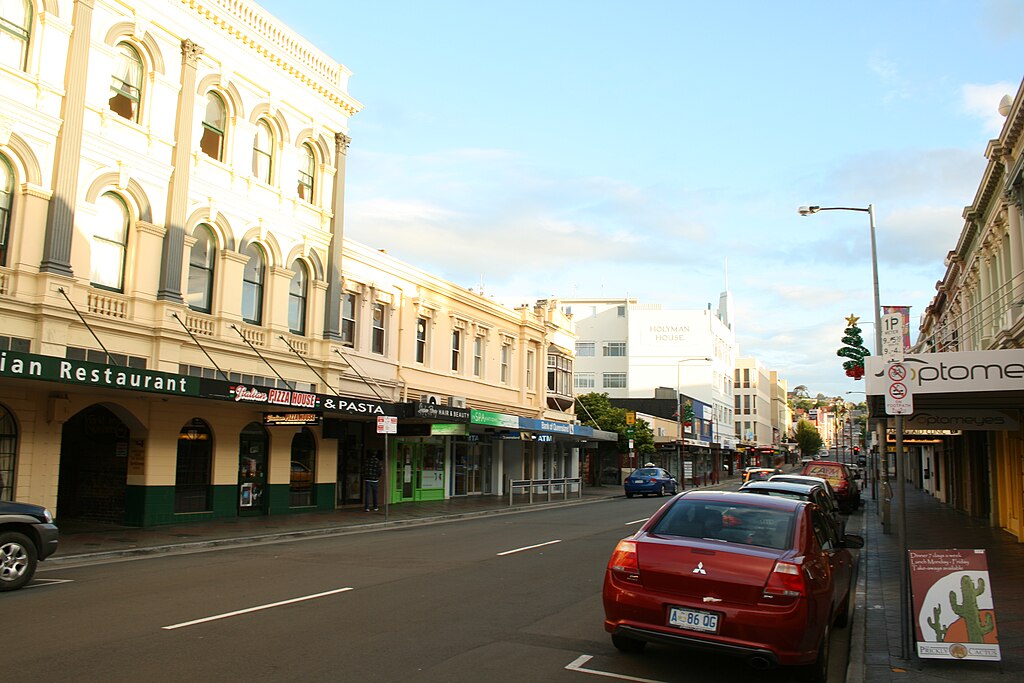

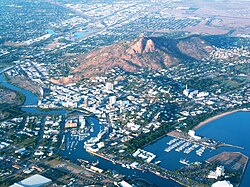

.jpg)
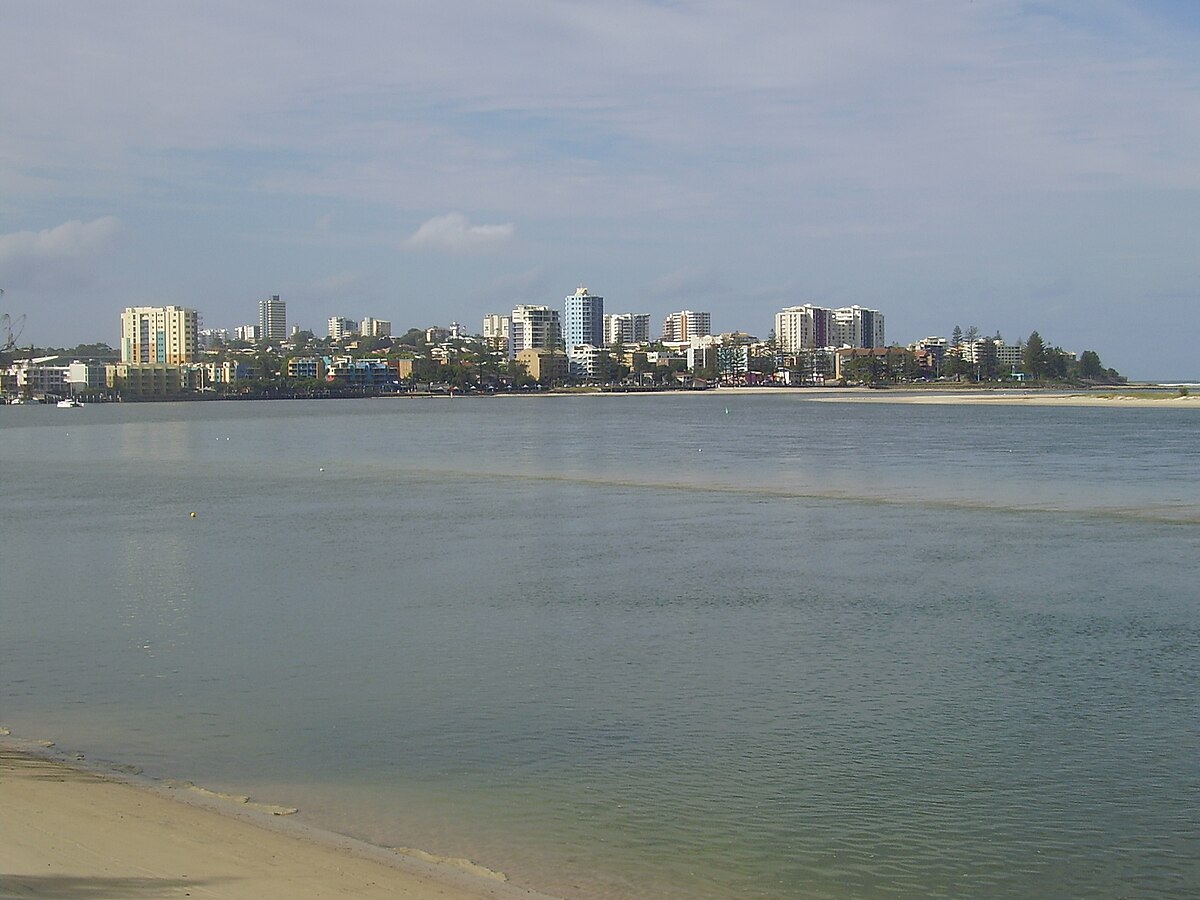

.jpg)
_(7445134654).jpg)

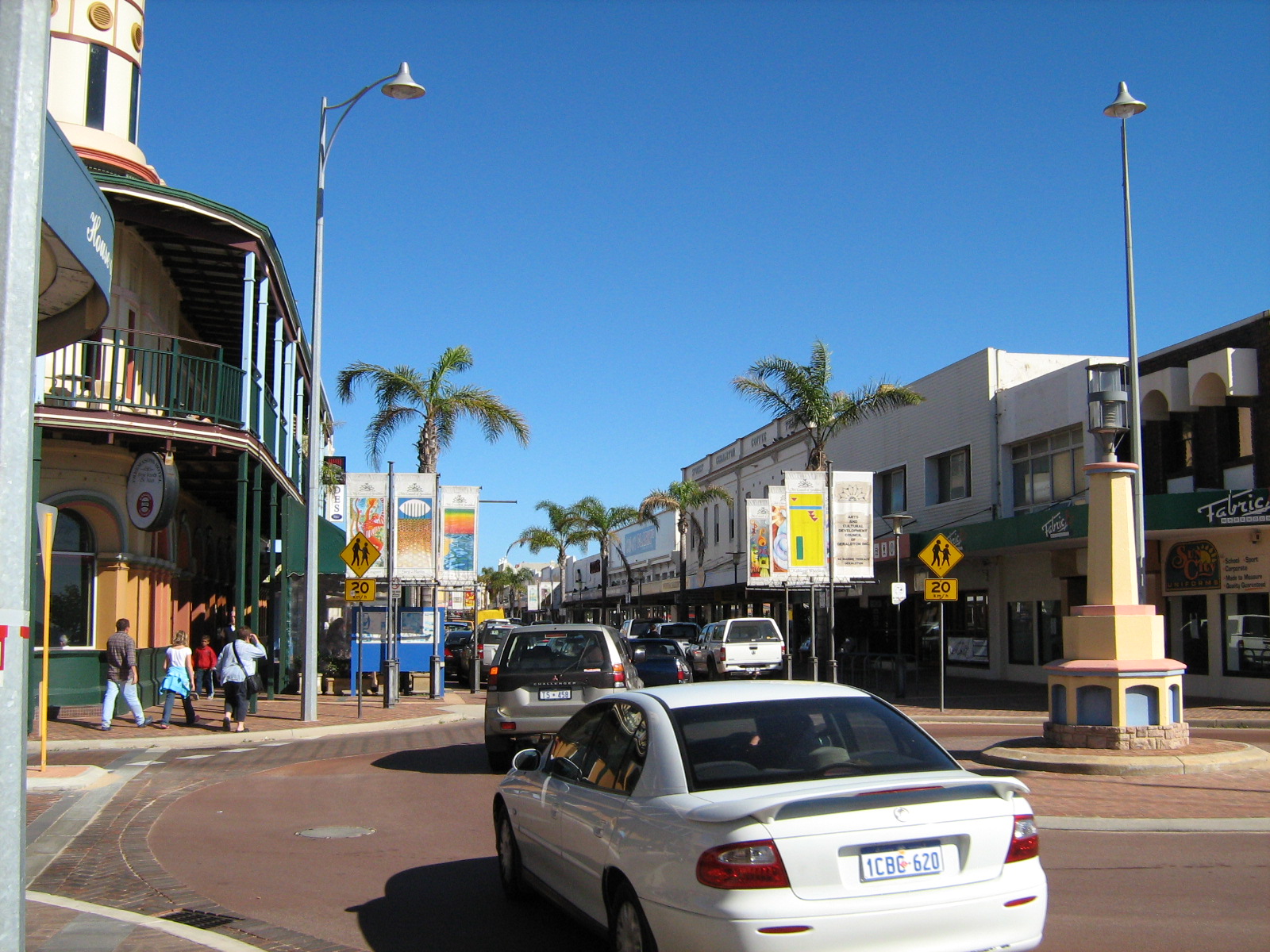
.jpg)

.jpg)

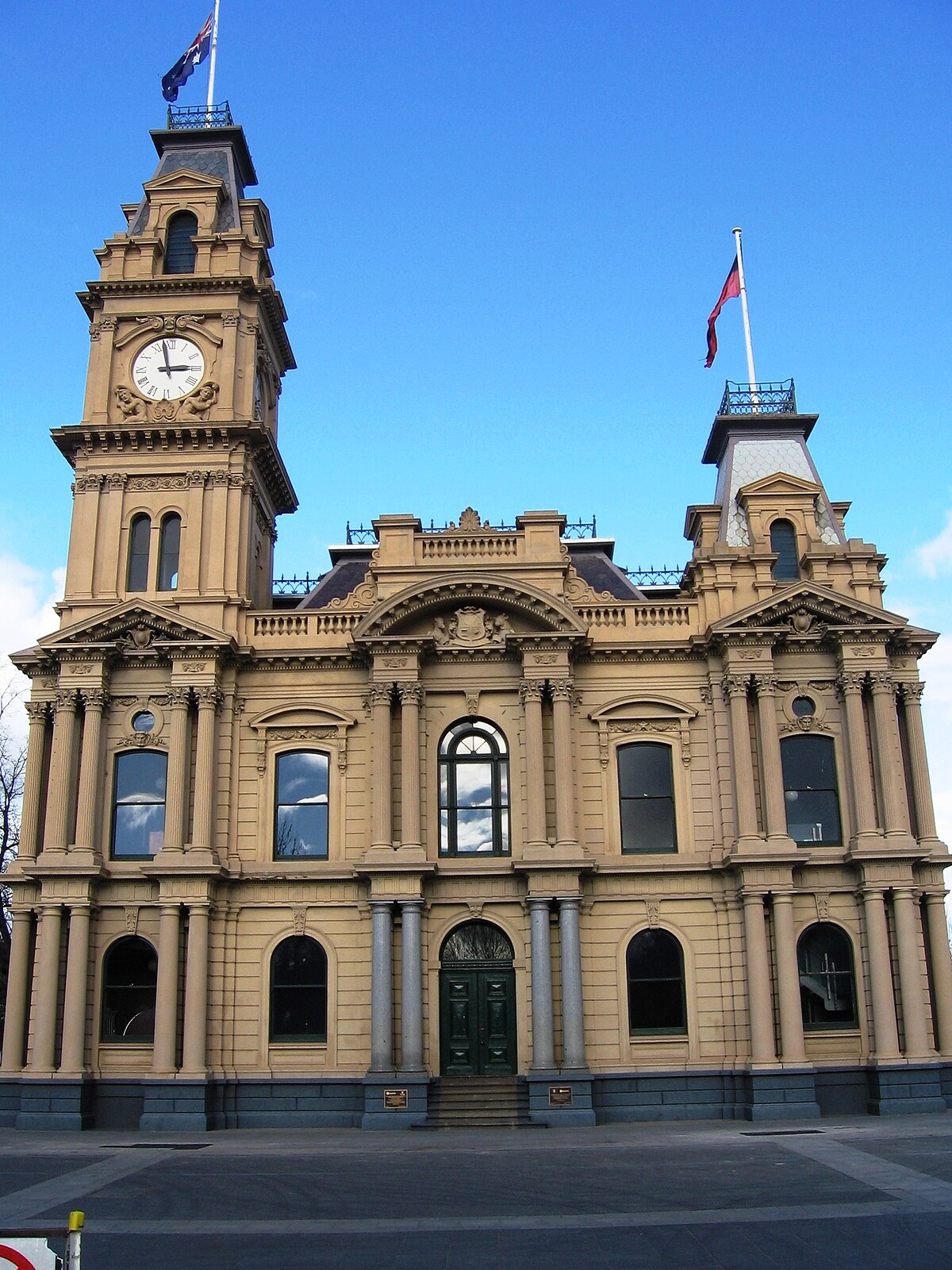


.jpg)


















